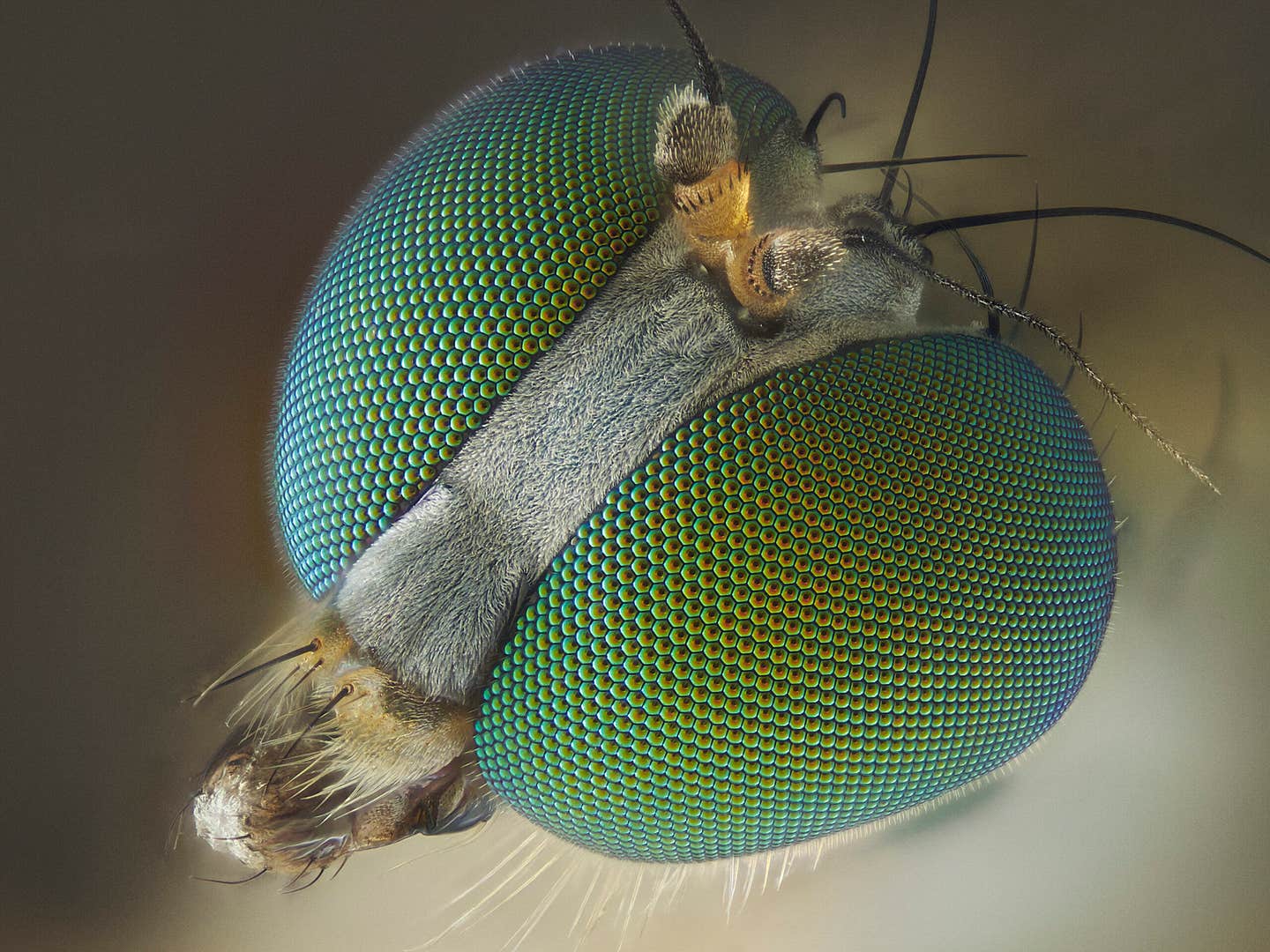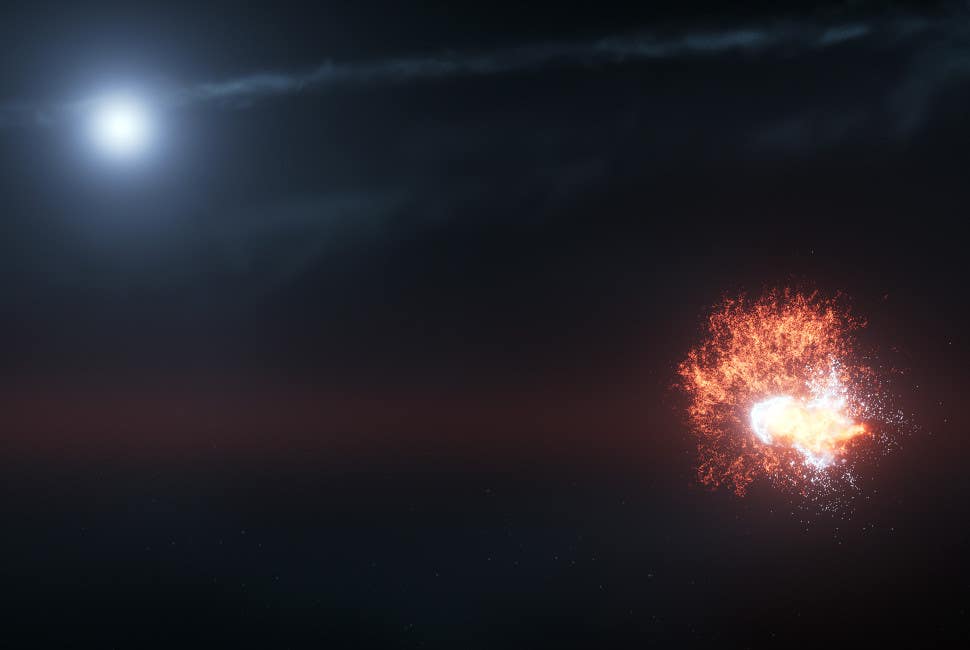Tiny, insect-eye-inspired camera captures high-speed motion in near darkness
Scientists have created a tiny camera inspired by insect eyes that captures fast motion in near darkness with amazing clarity and speed.

A tiny insect-inspired camera captures high-speed images in near-darkness, opening new doors in science, medicine, and security. (CREDIT: Getty Images)
A camera smaller than a fingernail can now see what most high-speed cameras miss. Inspired by the eyes of insects, scientists have created a tiny, powerful device that captures fast-moving scenes in near darkness. This new camera combines speed, sensitivity, and smart design, offering a major leap forward for imaging in science, security, and medicine.
Borrowing From Insect Eyes
Many insects can fly through dark forests or hunt at dusk because of their special compound eyes. These eyes contain many tiny lenses, called ommatidia, that each collect light from different directions. Insects also rely on “temporal summation,” where their eyes gather light over time to build clearer images in the dark. The result is fast and sensitive vision.
Researchers at KAIST used this idea to design a new kind of camera. Led by Professors Ki-Hun Jeong and Min H. Kim, their team mimicked how insect eyes work. They wanted to solve a big problem: most high-speed cameras struggle in low light because they don't get enough time to collect light for each frame.
The solution? The team created a high-speed, high-sensitive microlens array camera (HS-MAC). It works a lot like an insect’s compound eye. Instead of using one lens to capture one frame at a time, HS-MAC uses many tiny lenses to grab different parts of a scene at different times. These are all combined to build sharp and clear video—even in very dim light.
Seeing What Others Can’t
This camera uses a technique called “channel fragmentation.” Each microlens captures a different time slice of what’s happening in front of the camera. The images overlap in time, allowing the camera to collect more light. Then, through a process called “temporal summation,” the camera adds these signals together. This boosts brightness and reduces noise.
The device also uses a “compressed image restoration” algorithm to sharpen the combined images. When parts of different frames blur together, this tool reconstructs them into clear pictures.
Related Stories
Thanks to these methods, HS-MAC performs far beyond regular cameras. It can shoot video at 9,120 frames per second (fps). That’s over 300 times faster than the standard 30 fps you see in most smartphone videos. Even more impressive, it does this while detecting light levels as low as 0.43 microwatts per square centimeter—a condition thousands of times dimmer than normal indoor light.
In tests, the camera clearly recorded a spinning color disk at 1,950 revolutions per minute and a faint flame barely visible to the human eye. That flame emitted just 880 microlux—less than one-thousandth the brightness of moonlight.
Big Power in a Tiny Package
One of the most exciting parts of this breakthrough is the size. The entire camera is under one millimeter thick—small enough to sit on the tip of a finger. Despite its size, it doesn’t compromise on speed or image quality.
The compact design uses a rolling shutter CMOS image sensor, the same kind found in many modern digital devices. However, with the added microlens array and smart software, this system becomes far more advanced. Instead of capturing one frame at a time like traditional sensors, the camera divides the image into fragments, captures each in rapid bursts, and stitches them together.
It’s like having a team of tiny cameras all working together, each focused on a different part of space and time. Afterward, their data is combined to create a bright and sharp picture.
Opening New Doors in Imaging
This invention could change many fields. In medical science, doctors could use these cameras for real-time imaging of fast body movements—like heartbeats or eye twitches—even in poorly lit conditions. In security, surveillance systems could spot threats moving quickly in the dark. In phones and portable devices, users could take better photos and videos even at night.
"We have experimentally validated that the insect-eye-inspired camera delivers outstanding performance in high-speed and low-light imaging despite its small size," said Hyun-Kyung Kim, the lead researcher on the project. “This camera opens up possibilities for diverse applications in portable camera systems, security surveillance, and medical imaging.”
Future plans include using the same design ideas to build cameras that can do 3D imaging and super-resolution imaging. These cameras could become tools for exploring microscopic life, deep space, or even tracking particles in physics experiments.
Not Just a Camera—A New Way of Seeing
The insect-inspired HS-MAC proves that nature still has lessons for modern technology. By studying how flies and beetles see the world, scientists have created a device that outperforms many of our best machines. The HS-MAC doesn't just capture fast images in the dark—it changes how cameras can work altogether.
While many devices grow bigger and more complex to gain power, this camera takes the opposite approach. It grows smaller, smarter, and simpler—just like nature’s design.
The research was published in Science Advances. It marks a major step forward in both optics and engineering. From mobile phones to medical labs, this new way of capturing light could help you see what was once invisible.
Note: The article above provided above by The Brighter Side of News.
Like these kind of feel good stories? Get The Brighter Side of News' newsletter.



